Before the era of smartphones, certain scenarios were unthinkable but now they are real. Imagine this. That a motor traffic accident occurs somewhere in the city and a 30-year old man is left lying in pain as he screams on the road; for almost 20 minutes.
But, unfortunately, passersby are taking photos of the helpless man until later when the police intervene. None of them takes the initiative to help. Well, it happened. But this shouldn’t be happening any more if society decides to embrace technology in a more sensible manner.
Read: Why Do People Take Pictures Instead Of Helping Out during Emergencies?
Smartphone technology is shortening the distance between individuals and erasing demarcations globally. The world has indeed become a global village. People communicate more easily than ever before.
However, people seem to have received technology in a manner that is not acceptable. If they knew that smartphones could instead be used to save lives, our society would change for the better.
We, in Mwanza are taking the lead. Through Tanzania Rural Health Movements (TRHM), we are now working to see our society use smartphones to save lives in emergency situations, instead of taking pictures of victims. It requires mindset change.
In Mwanza city, fire fighters, bodaboda riders and other volunteers are now getting on board with initiatives put in place by TRHM since the year 2015, as the move to ensure proper use of communications technology during emergencies continues.
We are now in a campaign, with a Kiswahili slogan: “Ukiona tukio la Dharura, Usipige picha, piga simu namba 114 kwa msaada zaidi,” to remind people to use their phones wisely in cases of emergencies such as road crashes, fire outbreaks and abrupt conditions like heart attack.
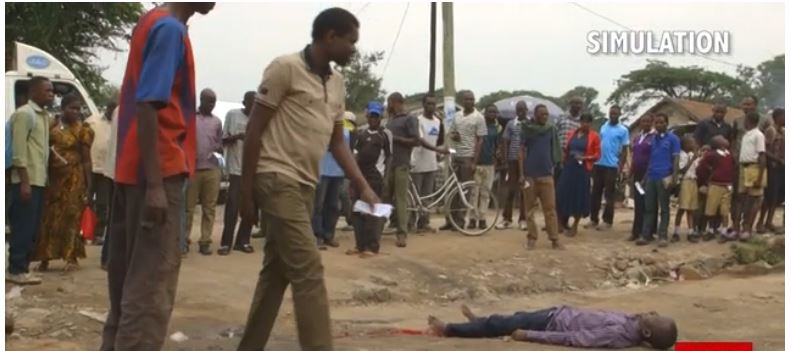
People are being reminded to call 114 for quick and free help; instead of taking photos with their smartphones to share on their social media pages.
Uses of software
Upon calling 114, the dispatcher receives call and dispatches emergency as SMS through Beacon Software which works by relaying SMS from the scene of an emergency to trained first responders throughout the community.
The software enables the nearest available emergency care providers to quickly locate, treat, and transport emergency victims to local hospitals.
TRHM recruited first responders from the community through training on basic first aid, equipping them with medical supplies together with promoting proper use of the 114 through different ways such as posters, advertisement, use of social media, and campaigns.
Positive results
To a good extent, this technology has managed to save lives of many victims since it was put in place. The number of deaths from road crashes, fire outbreaks, and other emergence diseases keeps going down as many people start to use this free service.
The efficiency of the service has increased more from the day when a three wheels motor bicycle Ambulance (Bajaj) was introduced as it enables the first aid service providers to reach victims within a15 km radius around Mwanza city.
The service will be more productive when whole of the Mwanza community responds positively towards any emergence incident witnessed.
It’s time now for the society at large to change their perceptions on the ways communication technologies are being used.
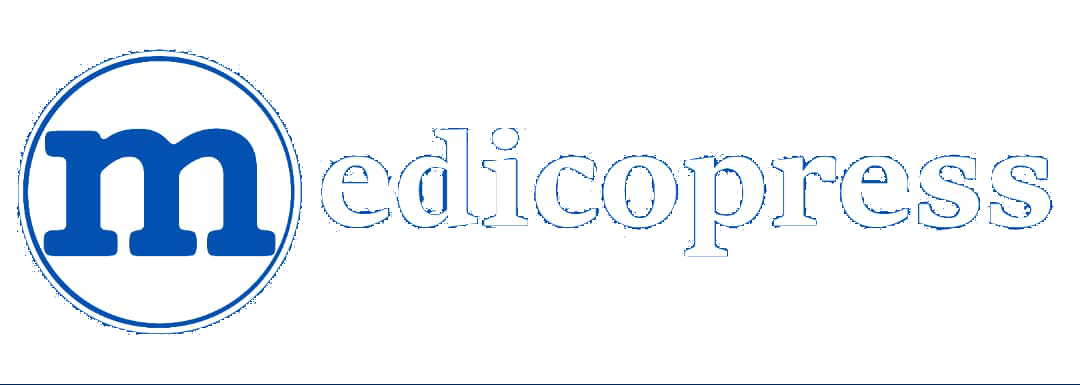
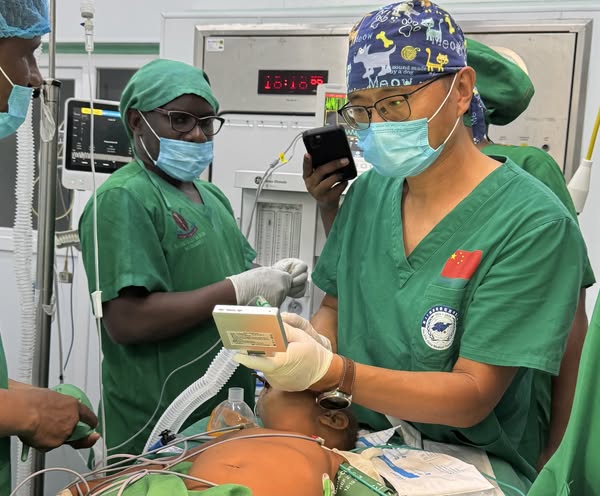
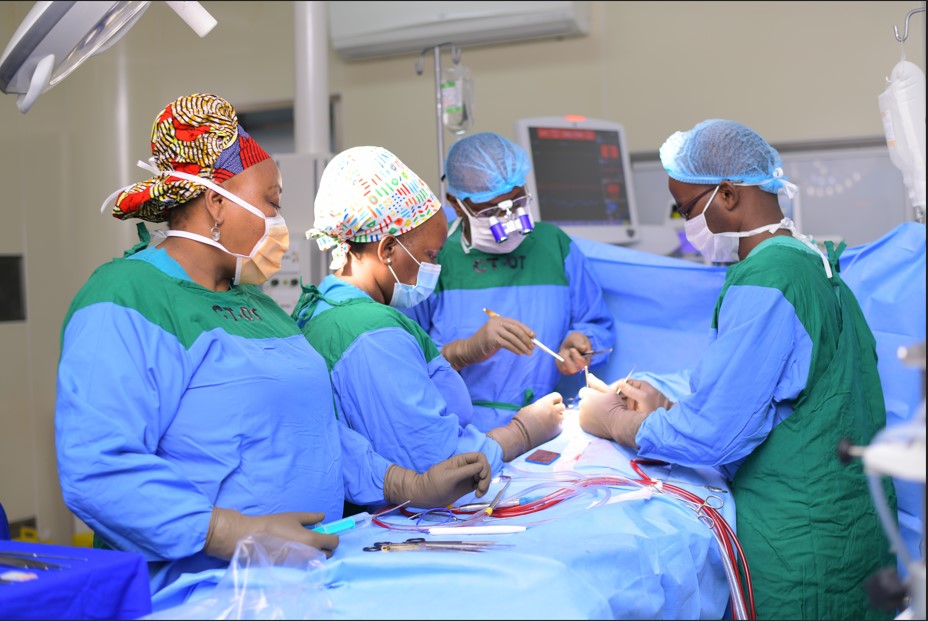
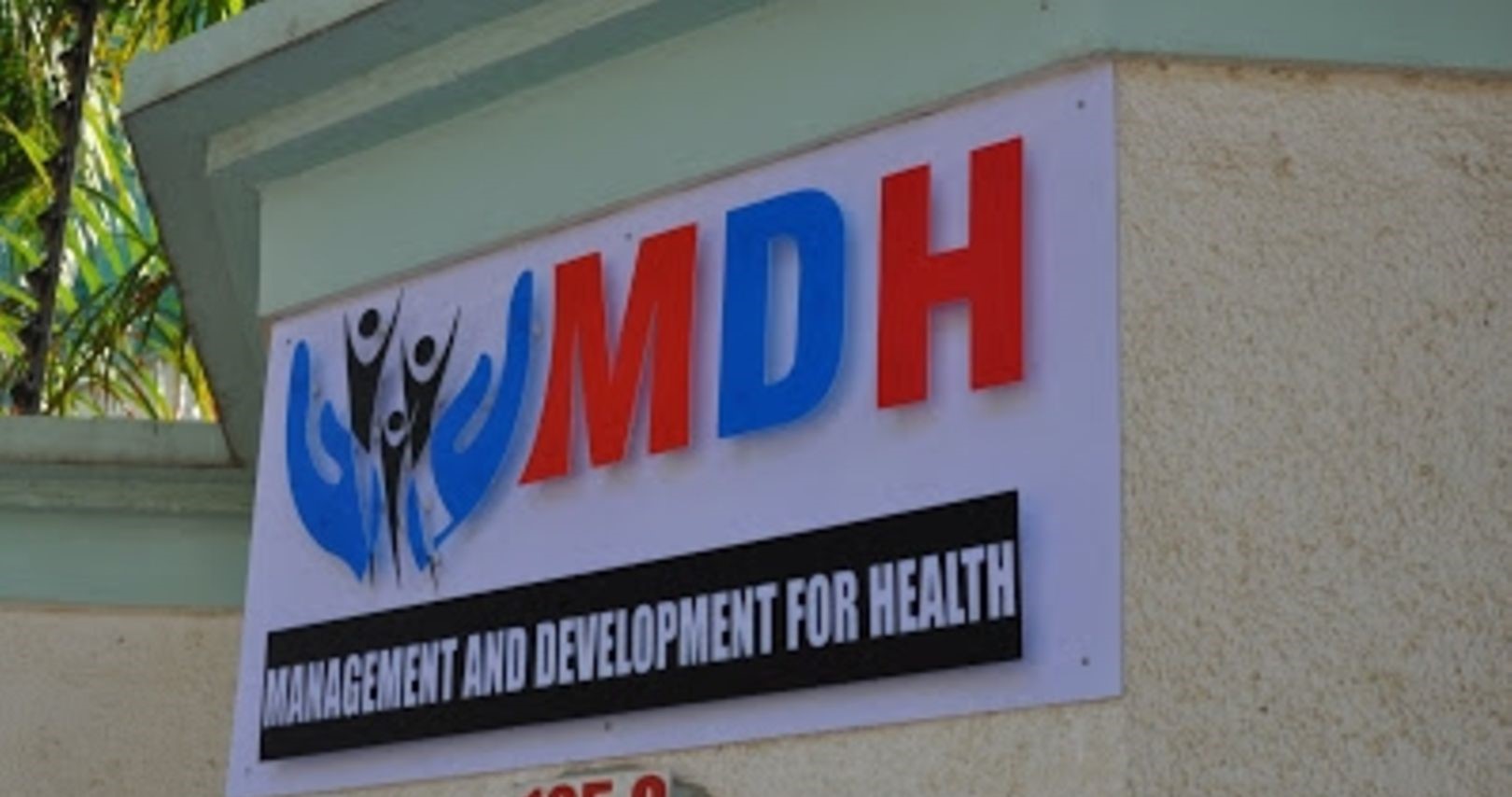
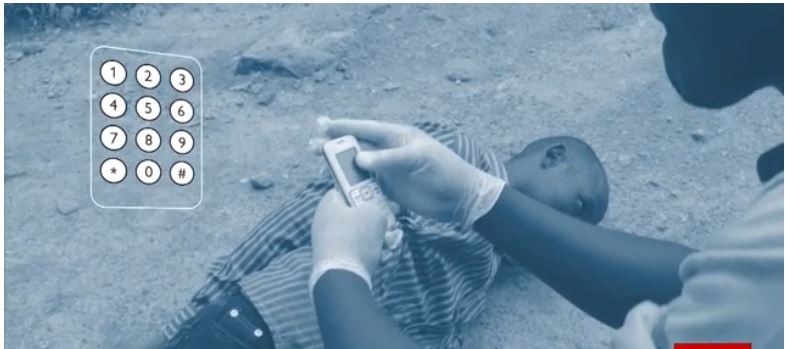
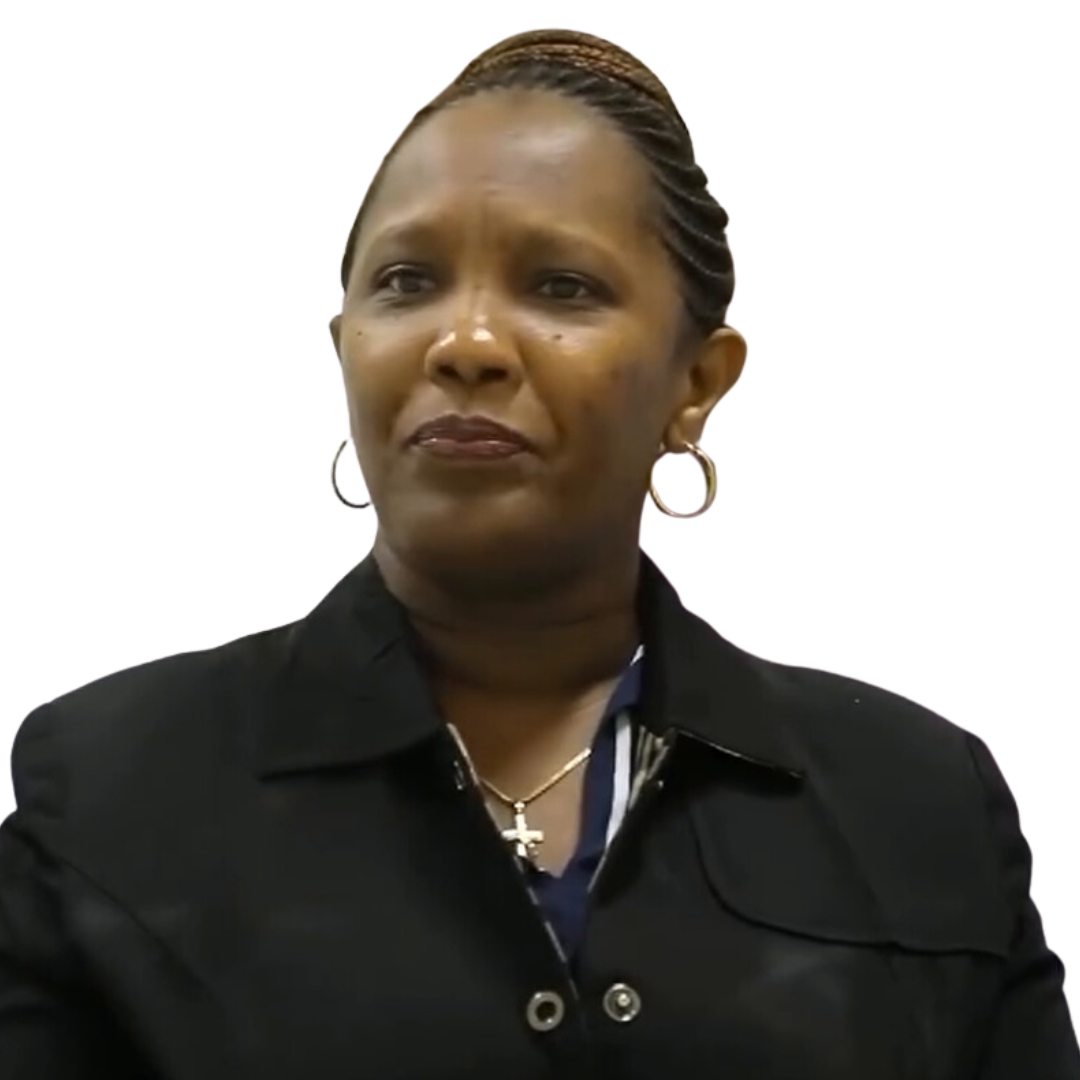
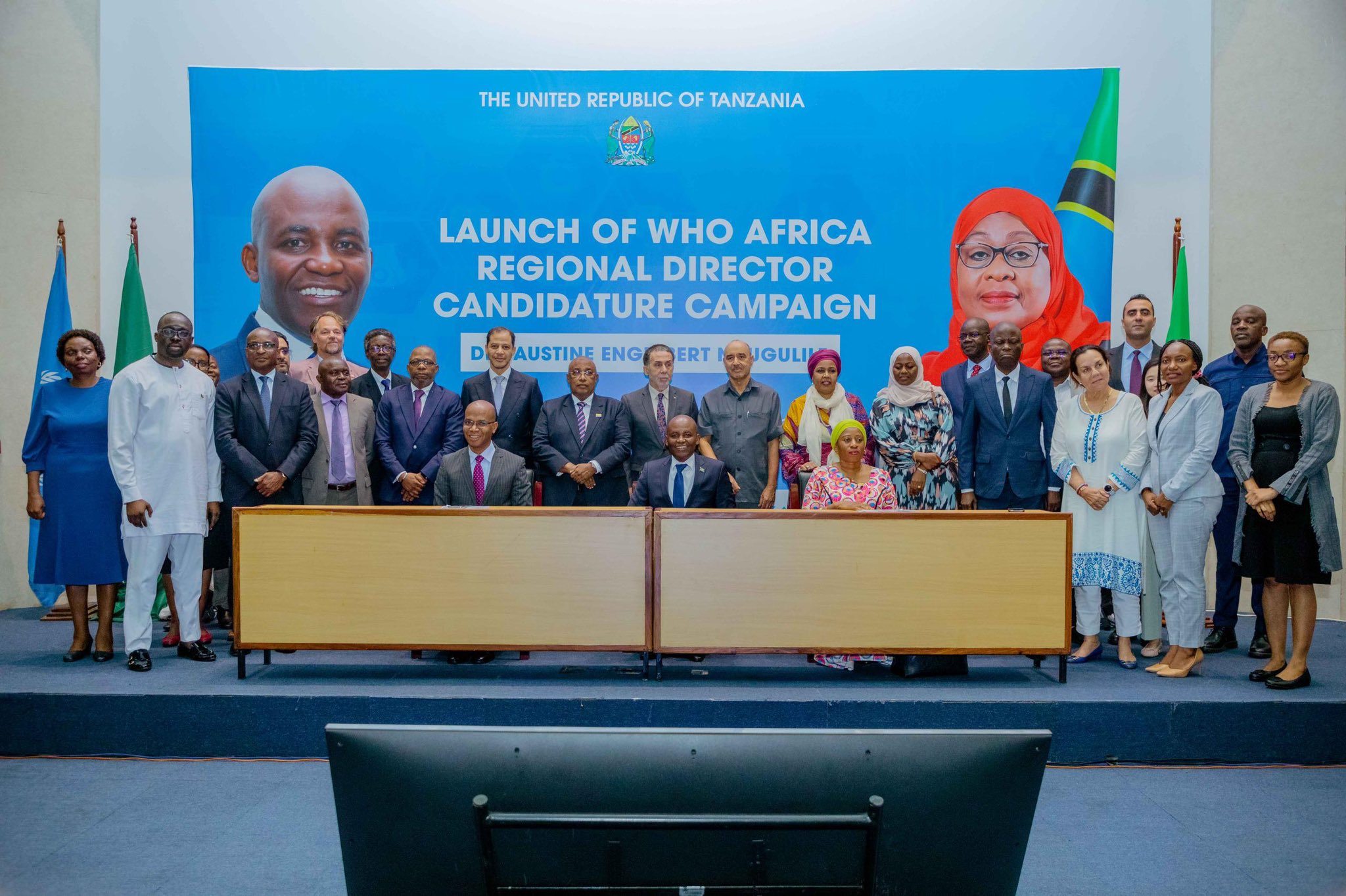
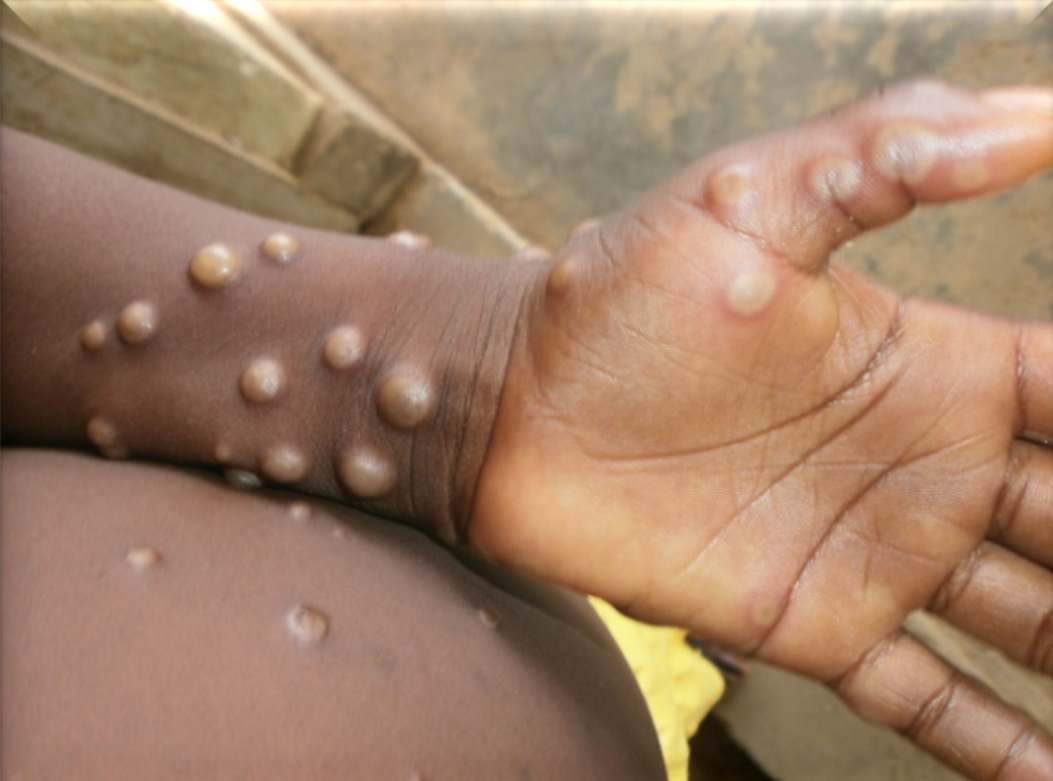
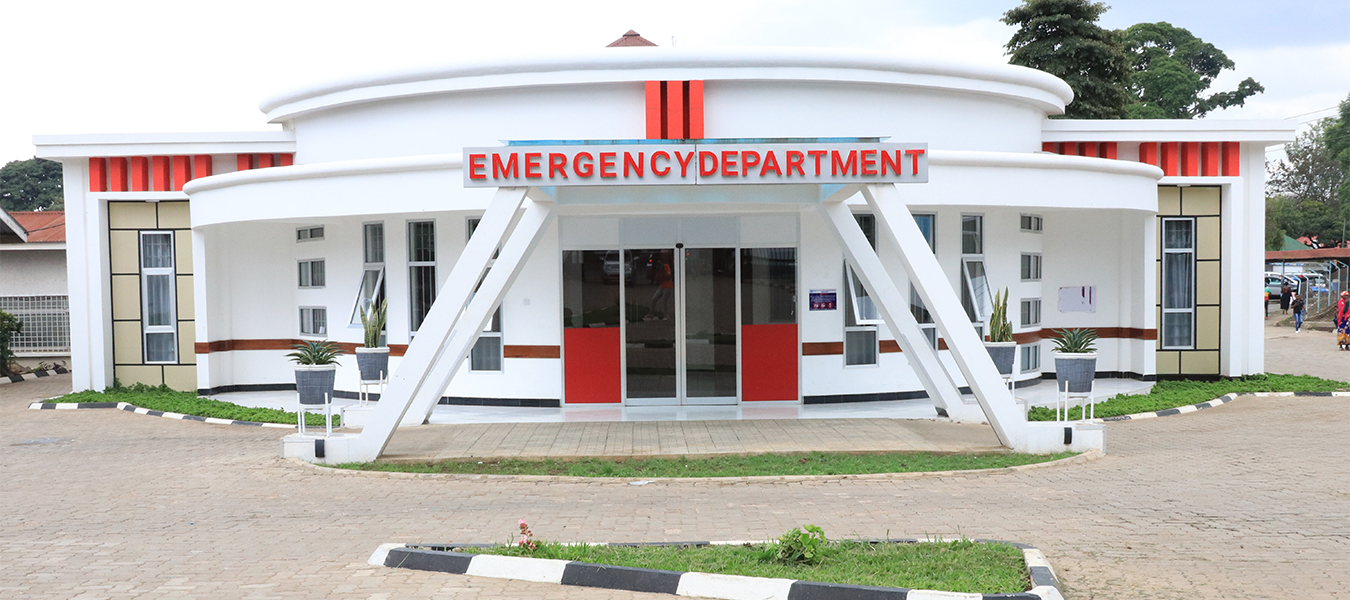
1 comment
Comments are closed.